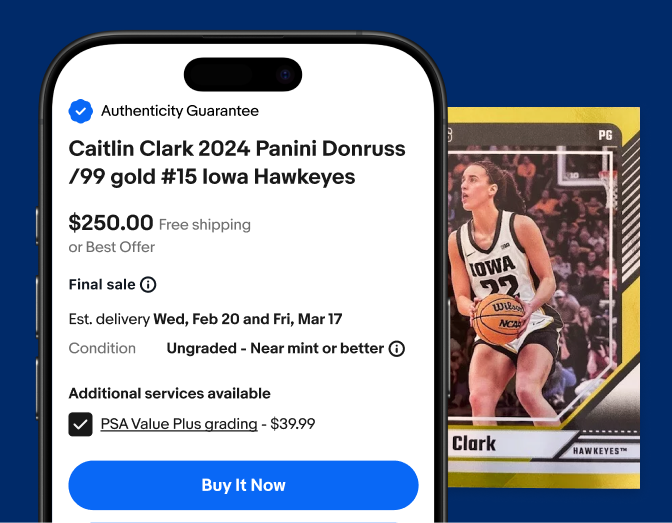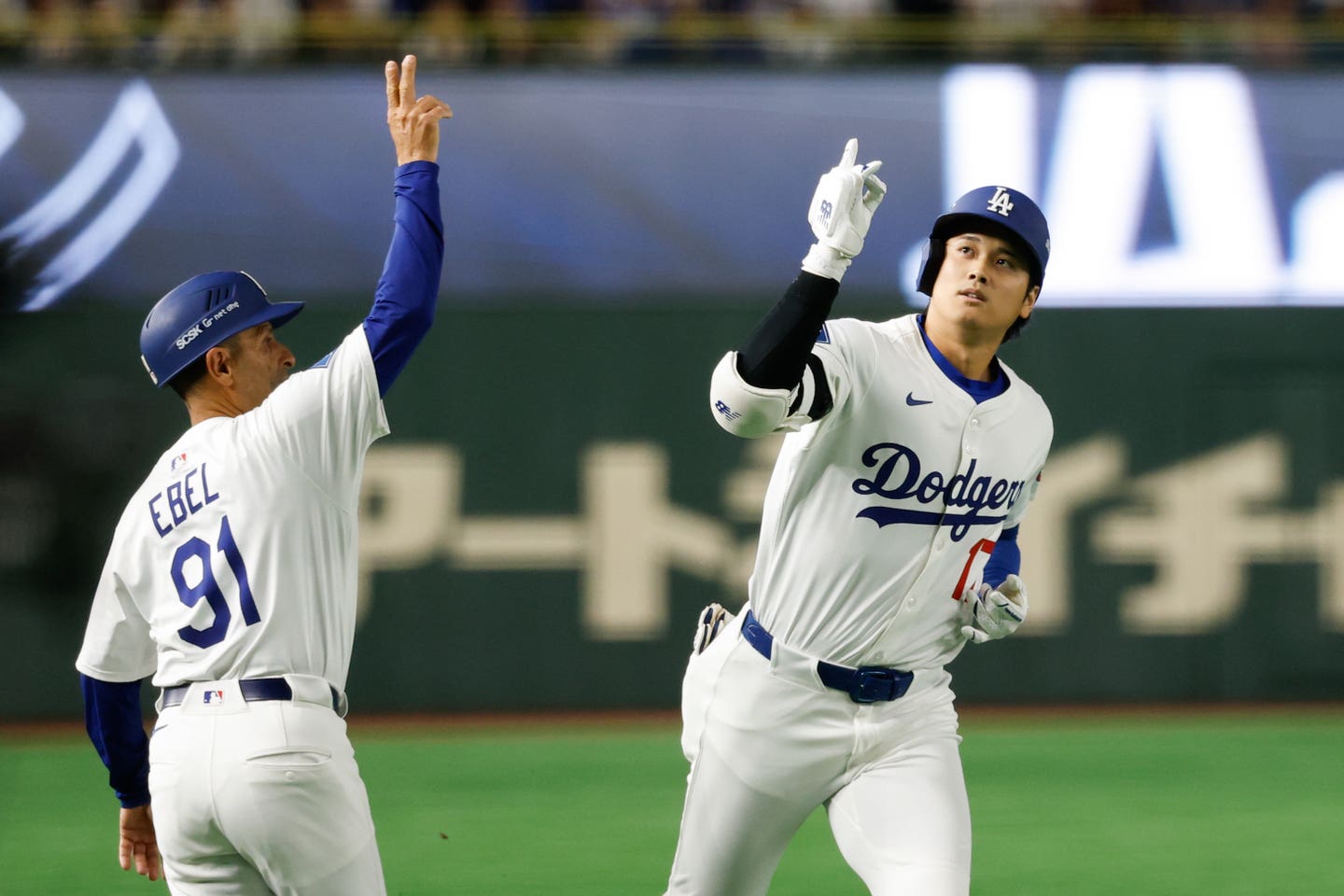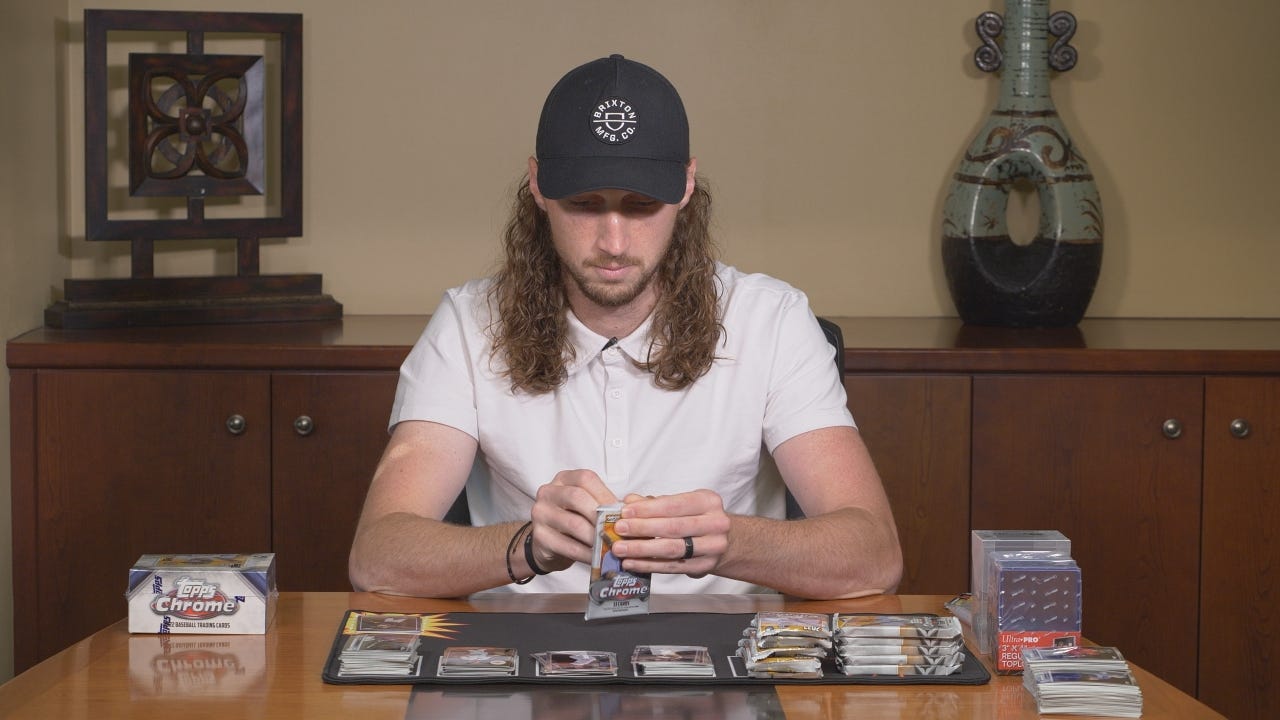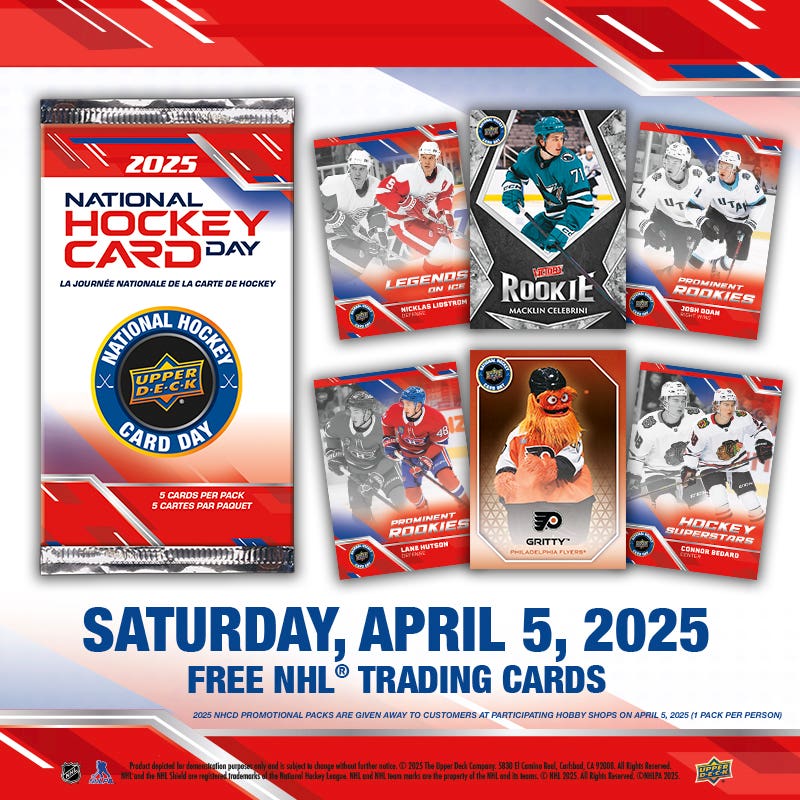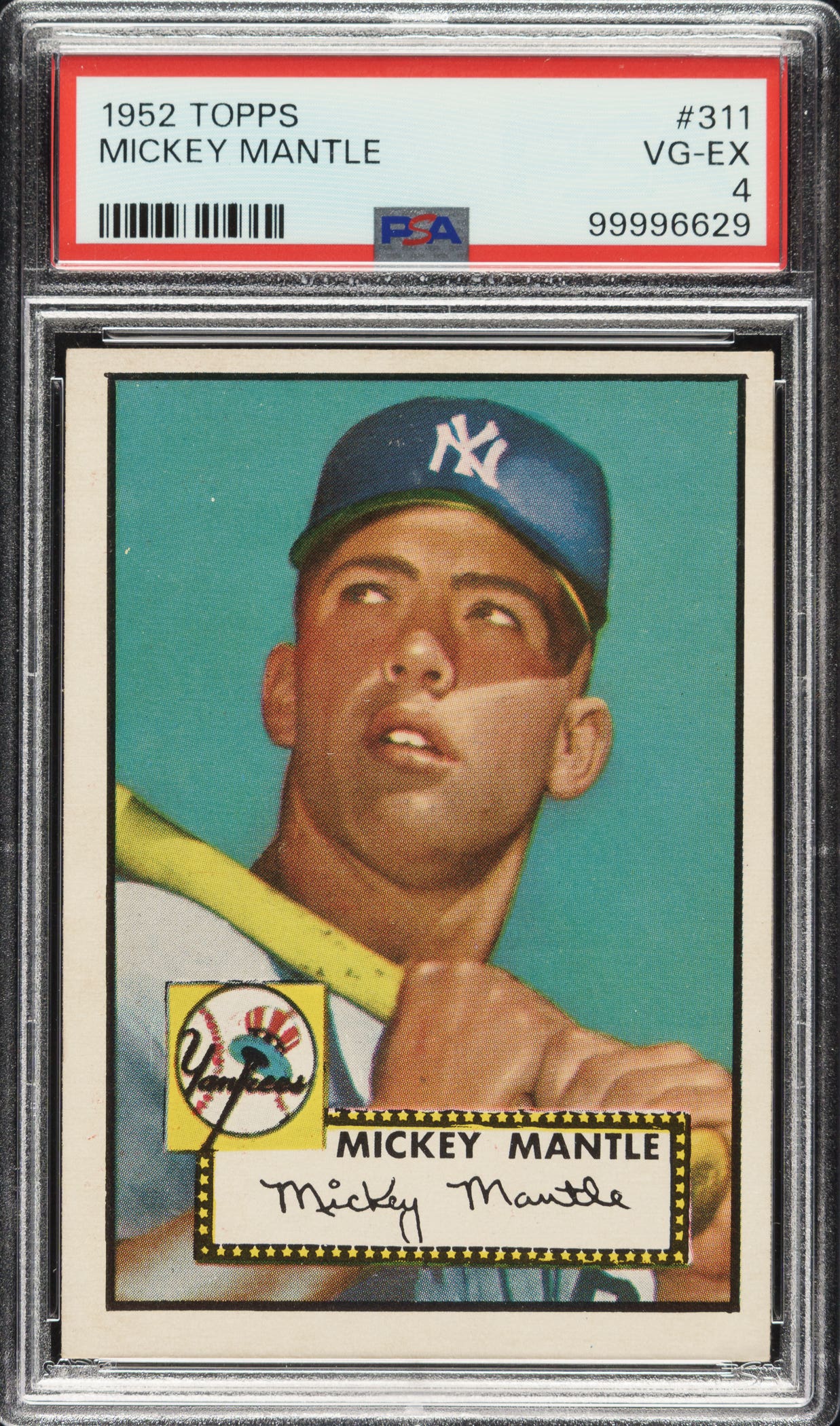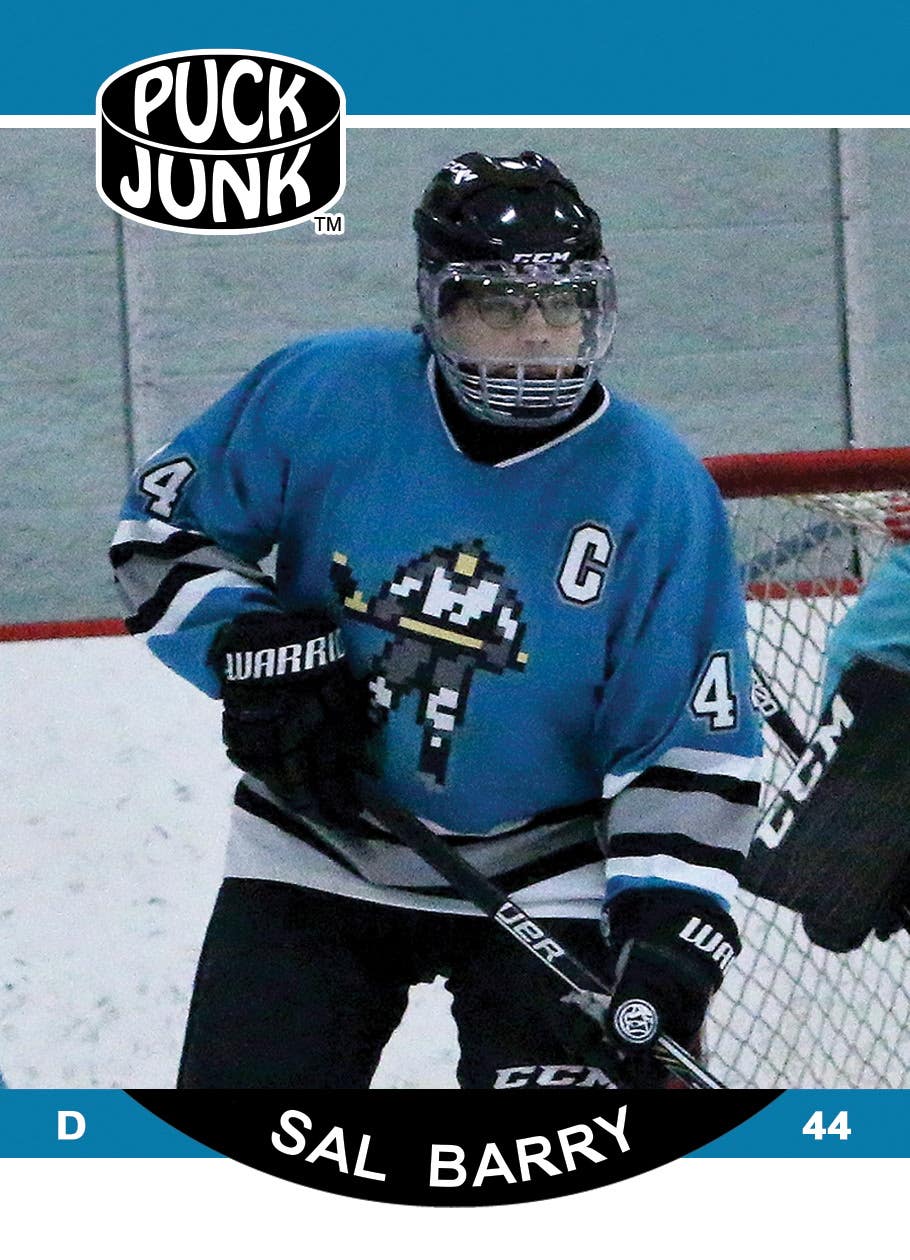
Honus Wagner
Unconventional Cards: 1976 Motorola Release
By Doug Koztoski
When it comes to baseball cards and 1976, the conversation often centers around the regular and “Traded” Topps sets, and perhaps some Kellogg’s 3-D or Hostess collections thrown in for good measure.
But another baseball product from the year of the United States’ bicentennial has started to get a bit of a buzz in recent years. It comes compliments of a former giant in the TV production business, not a network that made the shows but a company that, for decades, manufactured televisions – Motorola.
With only 11 cards, the 1976 Motorola collection is more like a TV commercial in terms of length than one of the popular episodic shows of that year, which included Happy Days, Laverne and Shirley, M*A*S*H, Charlie’s Angels and The Six Million Dollar Man.
But an impressive near-dozen cards it is, with virtually all of the players being members of the Baseball Hall of Fame, most notably Babe Ruth, Ty Cobb and Honus Wagner.
“The Honus Wagner card is definitely the most difficult to obtain in a Gem (Mint) 10, as PSA has only graded five, and SGC has only graded one,” said Dave Britz, one of the highly ranked collectors of the issue on the PSA Set Registry.
In top-graded condition, the other players in the set show up about twice as often or more as the Wagner, but Britz said that is a quirky tidbit in the issue’s history.
“There should, logically, be no difference in the gradable condition of the cards by player,” he noted, “as they were each provided in their own individual pack (with bubble gum) and not in a set, where the Wagner card would have been placed on top, as it was No. 1, and might have been more apt to be damaged.”
New this TV season!
The cards debuted at the 1976 Motorola Dealers’ annual convention. Card fronts feature the player in a sepia-toned photo in an oval “frame,” usually with some sort of baseball-themed phrase at the bottom that tied in with the electronics maker.
Britz, a “true collector” of oddball cards, said he was immediately attracted to the television-related set in the early 2000s because of its Hall of Famer factor and its “unique nature,” including the cards being semi-transparent and plastic and the backs not serving up the usual player bio and a few stats, as it is all Motorola product information.
The Cobb card back, for instance, includes the line: “Motorola adds ‘C’ and ‘S’ Type numbers to its broad line of SCRs.” The Ruth card reverse, meanwhile, refers to a number of fixed and adjustable voltage regulators. I wonder if a good trade was a few SCRs for one adjustable voltage regulator? Hard to say.
Mike Chiang, who began his quest to collect the set in 2011, likes its star power and different style of card backs, as well.
“I think it was an ingenious way to distribute the information,” he said, “especially the ‘Three Fingers’ Brown and Ray Schalk cards, which offered Free Data books if you redeemed them with your local dealer before May 1, 1976.”
After about three years, Chiang assembled a complete set in what PSA calls Gem Mint, but what TV types just might call High Definition. Sharp.
Chiang used to work as an engineer for a satellite company and several of his fellow colleagues worked for Motorola, which sold its TV-making part of its business in 1974. He said one of the key reasons he pursued the set was “since it might be the only card set made for an engineering company.”
The collector added that the offering “seems to be susceptible to the elements, because a significant percentage of these cards have brown stains on them (like age spots).”
Chiang also noted that the Motorola cards, at some point, appeared in a cardboard fashion.
“But in addition to the different type of card stock,” he said, “the cardboard versions have a yellowish border instead of the orange borders on the original cards.” The hobbyist added that PSA does not distinguish between the versions when they label them, “but they are definitely different.”
Ronnie Kopetic shares several comparable interests in the issue with Britz and Chiang, and locked in on the 1976 Motorola baseball signal in the late 1990s.
Kopetic said he has had success in finding the cards, on occasion, at shows “all over the East Coast,” but added that locating nicer condition samples can be a chore. But it is a labor of love for him in many ways.
“The fun of collecting is the challenge of hunting them down, and it has become a family hobby with my wife and two kids, who enjoy going to shows with me almost every weekend.”
Glancing at eBay listings for these cards, one finds several ungraded with the spots, while slabbed samples are normally in higher-end shape. PSA 10 Ruth and Cobb cards have recently sold for $50-$75 each; Pud Galvin and Wagner PSA 9s about half that. A Near-Mint, raw Cobb, by comparison, recently slid into someone’s collection for $12. A full set of six PSA 10s and five 9s changed owners in the past couple of months for about $380.
Don’t touch that dial!
One wonders if there was ever any consideration when designing the look of the Motorola card to have a simulated wood-grained TV-console type border, a la 1955 Bowman baseball and the 1966 Topps football sets?
Either way, looking back nearly 40 years ago, this baseball set gets two thumbs up from a small but growing group of collectors. As Fonzie might have put it during the Happy Days craze: “Motorolayyyyy!
1976 Motorola Baseball Checklist
The following is the checklist for the offbeat brand, with Hall of Fame election year included, when applicable.
❑ (No. 1) Honus Wagner (1936)
❑ (No. 2) Nap Lajoie (1937)
❑ (No. 3) Ty Cobb (1936)
❑ (No. 4) William Wambsganss
❑ (No. 5) “Three Fingers” Brown (1949)
❑ (No. 6) Ray Schalk (1955)
❑ (No. 7) Frank Frisch (1947)
❑ (No. 8) Pud Galvin (1965)
❑ (No. 9) Babe Ruth (1936)
❑ (No. 10) Grover C. Alexander (1938)
❑ (No. 11) Frank Chance (1946)
Doug Koztoski is a frequent contributor to SCD. He welcomes comments and questions related to this article at kozpro20@hotmail.com.

